What are home air filters used for?
Air filters on air handling units such as furnaces, HRV and ERV systems are intended to clean and purify the air before it enters the ducts of your home, to protect indoor air quality from being contaminated with airborne particulate. Dust, dirt, and pollen in the air of homes is shown to have negative impacts on human health and lead to - or aggravate existing - respiratory issues such as asthma.
What is also of importance in considering current events, is whether certain filters can stop airborne coronaviruses from circulating in our heating systems - and while COVID-19 apparently has only a limited longterm airborne presence - that isn't to say it has no presence - so if we can reduce that risk with a simple change of filter - that's something we can do to help while we are sat at home! Interesting to note too that something like the measles virus is 8-10 times more likely to be circulated by our blown air heating systems - so a better efficiency filter is all of a sudden looking like a good choice until we can quickly and accurately test for coronaviruses and bacterial pathogens at home.
So air filters clean indoor air of viruses too?
Yes, high quality air filters with an appropriate MERV or MPR rating can prevent contaminants in outdoor air from being distributed around your home, they also filter the air being recirculated within the home, through the ductwork and which leads to cleaner indoor air by removing airborne particulate, allergens, pathogens and some viruses like COVID-19 as the furnace or central air systems pushes the air around your home. But this relies on buying the right air filters, and maintaining the system at the appropriate intervals - which is frankly a little hit or miss at times. Traditional air-circulating furnaces and heating systems in North America tend to be hidden away in basements or service rooms - and filter changes can often be forgotten for months on end. When did you last change your filter, and did you choose based on cost or on it's efficiency and suitability for your home and those who live there? Maybe it's time to check it, and take this simple part of home maintenance more seriously? Read on, or skip straight to comparing and shopping for air filters that stop airborne viruses here.
How often should you change air filters?
Under normal conditions, a filter may need to be replaced every few weeks up to every 3-4 months depending on what level of filter chosen, but your air handling unit should have a manufacturer suggested replacement time period, so follow that. It's also helpful to check on the filter itself, different manufacturers and different grades of filters exist that changes the filtering efficiency, whether it is designed to filter out viruses, and how long a filter remains effective at cleaning the inside air.
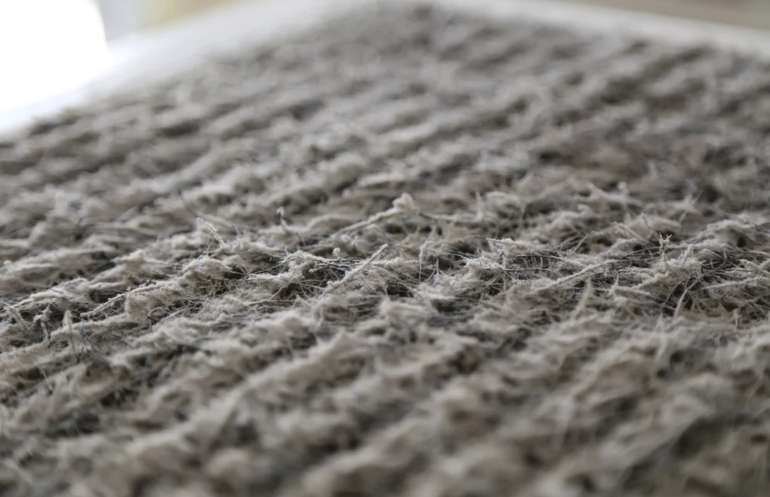
Are air filters for furnaces washable?
Some filters are washable such as those with lower MERV ratings (or no rating at all), so in general we would have to recommend against washing furnace and home air filters. The higher-rated air filters are paper-based, as that is the medium needed to capture the finer particles, and you won't have much luck washing paper. Having said that, there are specialist manufacturers with product that might be worth taking a look at - anyone who has tuned a car will know the name K & N for example - but did you know that K & N also do a range of permanent and washable furnace filters? See here for details and cost. We also found this US manufactured washable filter that's had full testing and seems good quality - watch out for our video review coming soon!
What is a MERV rating on air filters?
MERV is an air filter rating system that stands for Maximum efficiency Reporting Value and was developed 1987 by The American Society of Heating, Refrigerating and Air-Conditioning Engineers (ASHRAE). MERV filters range from 1-16; the higher the value the higher the performance.
• Air filters with a MERV rating of 6 are capable of catching pollen, lint, and dust.
• Air filters with a MERV rating of 8 are capable of removing dust mites and mold.
• Air filters with a MERV rating of 11 are capable of catching pet dander, smoke, and smog.
One thing to bear in mind to assist with flu and virus transmission prevention is to install a MERV 13 rated air or furnace filter in your home or business. MERV 13 filters capture airborne viruses and bacteria from coughs and sneezes. While there's no guarantee a higher-rated air filter will protect you from all viruses, clean air helps keep immune system stronger and can only help reduce the spread of airborne "nasties".

That being said, don’t run out and by the highest-rated filter on principle, because it may not only be unnecessary, it may impede air flow through your air handling units. The higher the MERV rating is, the more it creates airflow resistance. Filters with very high ratings may put more strain on a system than it was designed for, which can actually worsen the air quality in your home and potentially burn out motors.
HEPA filters (High-efficiency particulate air) have a very high MERV rating, but are not adapted to most systems. Find out the manufacturer suggestion for what the highest-rated MERV filters their systems can handle.
Much higher than that are intended for hospital environments and are not considered necessary for residential use. Generally speaking, around MERV 11 is considered a good balance between stopping fine particulate but not causing system damage by impeding air flow.
What are MPR ratings on air filters?

Most frequently seen in Canada, filters rated by MPR value can even help in reducing airborne virus carriers from the air in homes.
SMART air filters - sounds like a smart idea!
Until recent events made people think more in detail about the quality of the air circulating around their homes and what might be floating around in there, it is unlikely most home air and furnace filters were changed as often as they should have been. Chances are, deciding when to change the furnace filter has all been a little random up to now, because how often an air filter should be changed for optimum performance depends on many factors, including the type of filter in your HVAC unit.
Fiberglass filters may be a lower cost option, but they need to be disposed of and replaced roughly every 30 days - which let's face it, most people don't. Then there are pleated air filters which are usually made of higher quality materials, and can last anywhere from three to six months depending on the components, the brand, the frequency of use, and the types of particles the filter needs to capture, and how susceptible those in the home are to pollen, dust, mites, mold, pathogens and viruses.
While we can follow the instructions included with your filter for more detailed guidance on the recommended changing schedule, and some models and manufacturers offer an air filter subscription meaning a new filter is delivered every few months, we don't really know with certainty when the air filter needs changing... Until now that is.
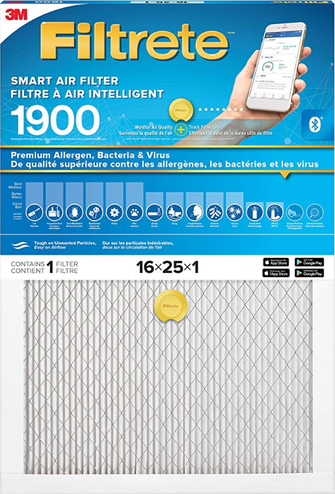
SMART, or "connected" air filters have the automatic advantage of monitoring air quality, as well as the cross filter air resistance, which allows you to get a notice through a phone app when a filter needs to be changed.
The advantages of SMART air filters then as described by 3M are:
- Filter life - Filtrete™ SMART Air Filters utilize a sensor that monitors not only time, but also usage and air flow – showing you exactly when you need to change your filter.
- Outdoor air quality - Get valuable information about outdoor air quality for multiple locations anytime and anywhere using the Filtrete™ Smart App.
- Get alerts - If something isn't quite right, The Filtrete™ Smart App can notify you about your filter life and give you tips and tricks to help you improve your home’s air quality.
- Easy replacement - The Filtrete™ Smart App stores your filter size and type for easy ordering and filter replacement.
To compare SMART Air filters for homes and furnaces, and find the best pricing, see here
Do Electrostatic air filters work?
Electrostatic air filters for homes are another product that has very little real-world value. The LEED for Homes Rating system is the most internationally recognized green home building rating system and focuses heavily on protecting indoor air quality to safeguard the health of occupants, and LEED has flat out refused to reward any points for electrostatic ‘filters’. They don’t actually even ‘filter’ air, rather they are said to zap particles with an electric charge. There is insufficient evidence that this works sufficiently for us to want to endorse them in any way. They do have a reputation for leaving a sooty mess on surrounding surfaces if that's your thing.
How to find the best home air filter
Don’t spin yourself into a knot reading every page about ‘how to choose the best air filter’, or the half dozen acronyms you’re supposed to remember, each with their own rating scale. It just isn’t that complicated.
For the average homeowner without significant health issues or highly-polluted indoor air, keeping the air in your home clean is pretty simple - have a well-balanced ventilation system (HRV or ERV, read more here for help choosing the right one), have your ducts cleaned regularly, and get a proper air filter. To do that, just find the make and model number of your air-handling units and buy a MERV rated filter suited for what you're filtering out - (MERV 13 is the acknowledged minimum for removing airborne viruses for example), or a MPR rating of mauve or 1201-1899. Problem solved.
Check out replacement furnace filters here and look for home air filter special offers
Do plants clean indoor air?
No, they absolutely do not, at least not to any effective degree. Plants do remove contaminants from the air, but the rate at which they do so makes them completely insignificant in terms of purifying the air in your house. That myth has been traced to a 1989 NASA experiment which concluded that yes, in a controlled environment, plants did absorb contaminants.
We don’t question the validity of those results, but these are NASA scientists we’re talking about here planning a mission to Mars, these aren’t real-world solutions to housing. That anecdotal result got blown way out of proportion, and due to the nature of the web, it continues to get passed around like a bag of Doritos from one well-intentioned but poorly-informed home décor website to another.

Do air purifiers work?
It depends on what you want them to do. If you’re looking to spend a few hundred bucks on a machine that will drown out background sounds, then yes, they work great. But they won’t do much to improve indoor air quality in a significant manner. Just like with a few plants in your living room, it’s a matter of scale. While better than plants, they just can’t keep up with the internal volume of most American and Canadian homes which average around 2200 ft2.
Your ventilation system will be bringing in between 100 and 200 CFM of air (cubic feet per minute), and you may have an air purifier that is ‘treating’ the same amount of air, but it is fully-diluted in your home by air handlers and general circulation. If you only ever sit right in front of it then perhaps you may notice a minor amount of respite from your allergies after a few hours (or days), but in general they are not considered effective unless industrial sized.
Recommendations to purchase home air purifiers to clean indoor air tend to follow the plant myth from website to website. And like plants, they just can’t process the volume of toxins and particulate that have made indoor air, on average, several times more polluted than outdoor air.
Worth remembering too is that most code-built modern homes are also riddled with toxic building materials are heavily laden with formaldehyde and other VOC chemicals; so as we become more aware of home health, it is only natural that people jump on the web looking for solutions. And there is always someone there willing to sell you something to cure what ails you, when perhaps the better choice is to choose formaldehyde and VOC free building materials in the first place.
To compare true HEPA rated air purifiers and filters online, see here
Also see Surgically Clean Air’s JADE ™ 2.0 Air Purifier (SCA5100C), which is one of the World’s Most Advanced Standalone, Premium, Commercial-Grade Air Purifiers
About the author:
Emmanuel Cosgrove built the first LEED Platinum home in Canada, he is a co-founder of Ecohome, a LEED for Homes Provider, LEED Green Rater, recipient of the 2016 Green Building Champion Award from the CaGBC, and a contributor to the LEED for Homes Rating system.
Now you know more about home air filters in furnaces and how they can help airborne pollutants such as dust, dirt, pollen, viruses & protect indoor air quality in eco homes & sustainable construction...Find more pages about sustainable and resilient green building techniques here :
Find more about green home construction in the Ecohome Green Building Guide pages - Also, learn more about the benefits of a free Ecohome Network Membership here. |
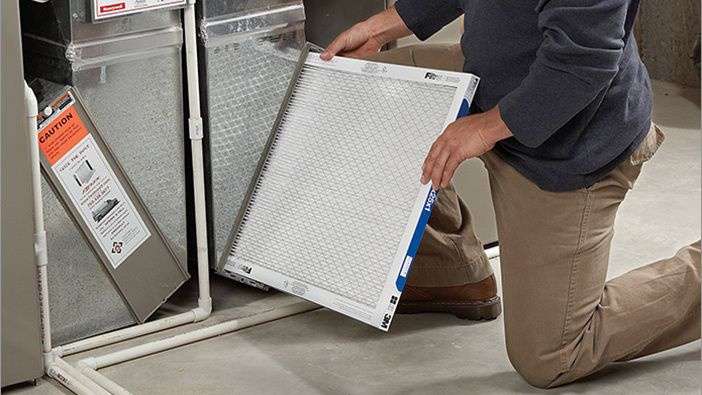






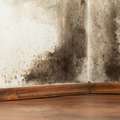







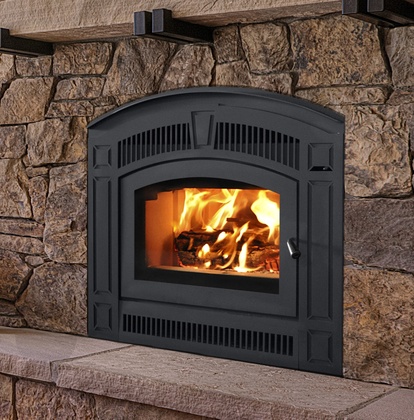

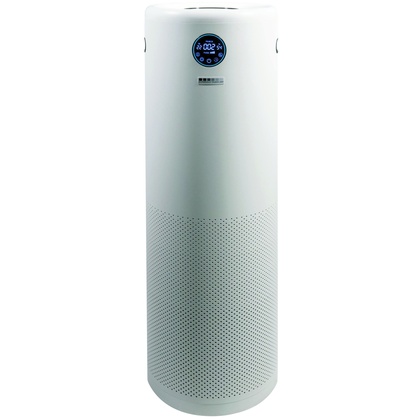

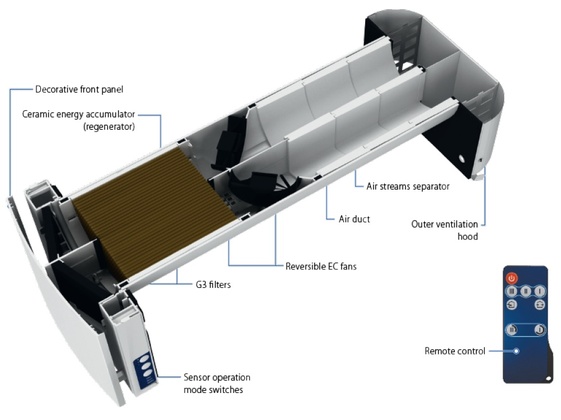

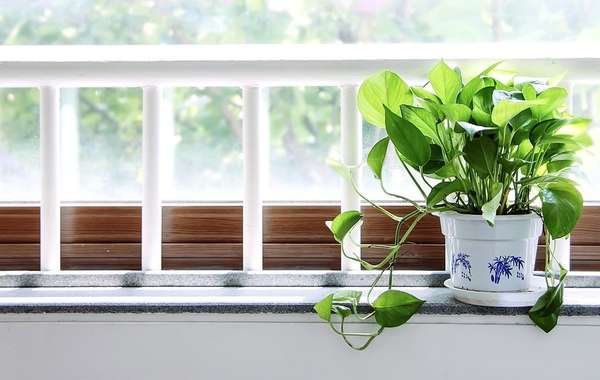
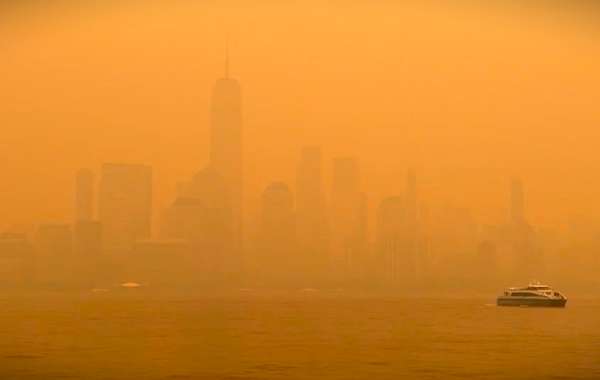

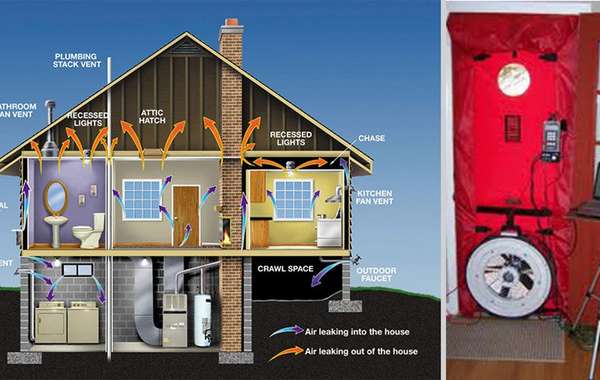
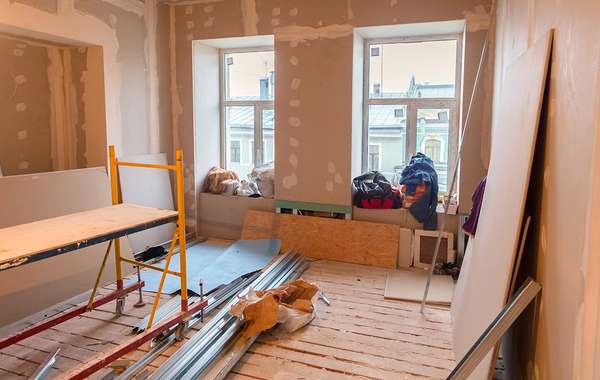
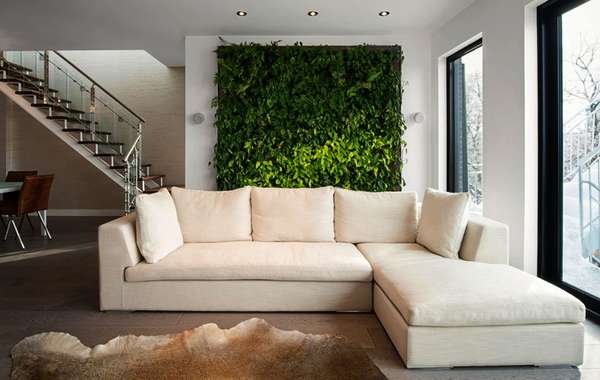
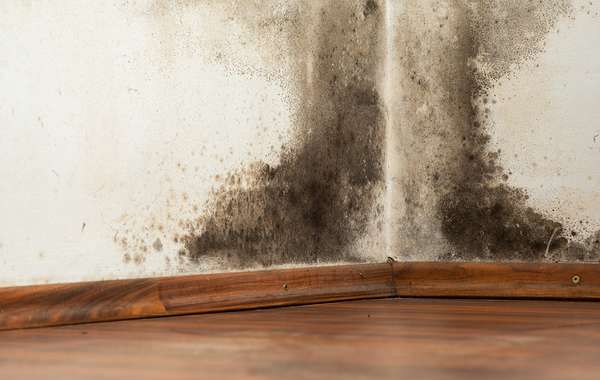
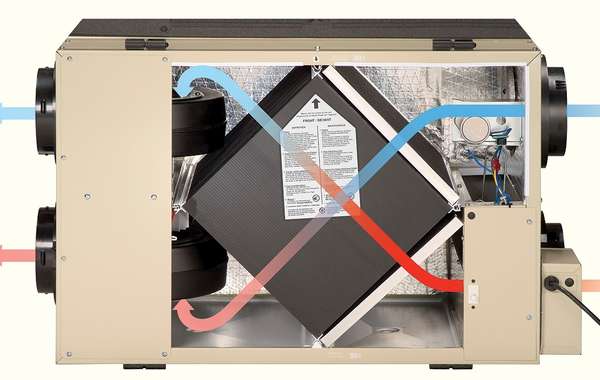
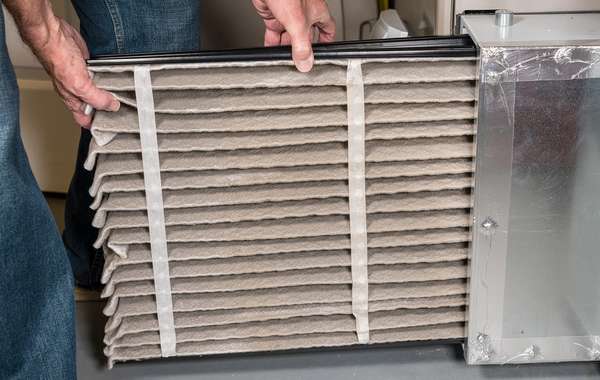
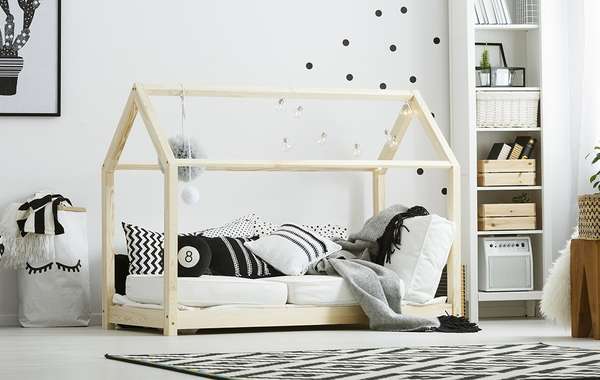
Comments (0)
Sign Up to Comment